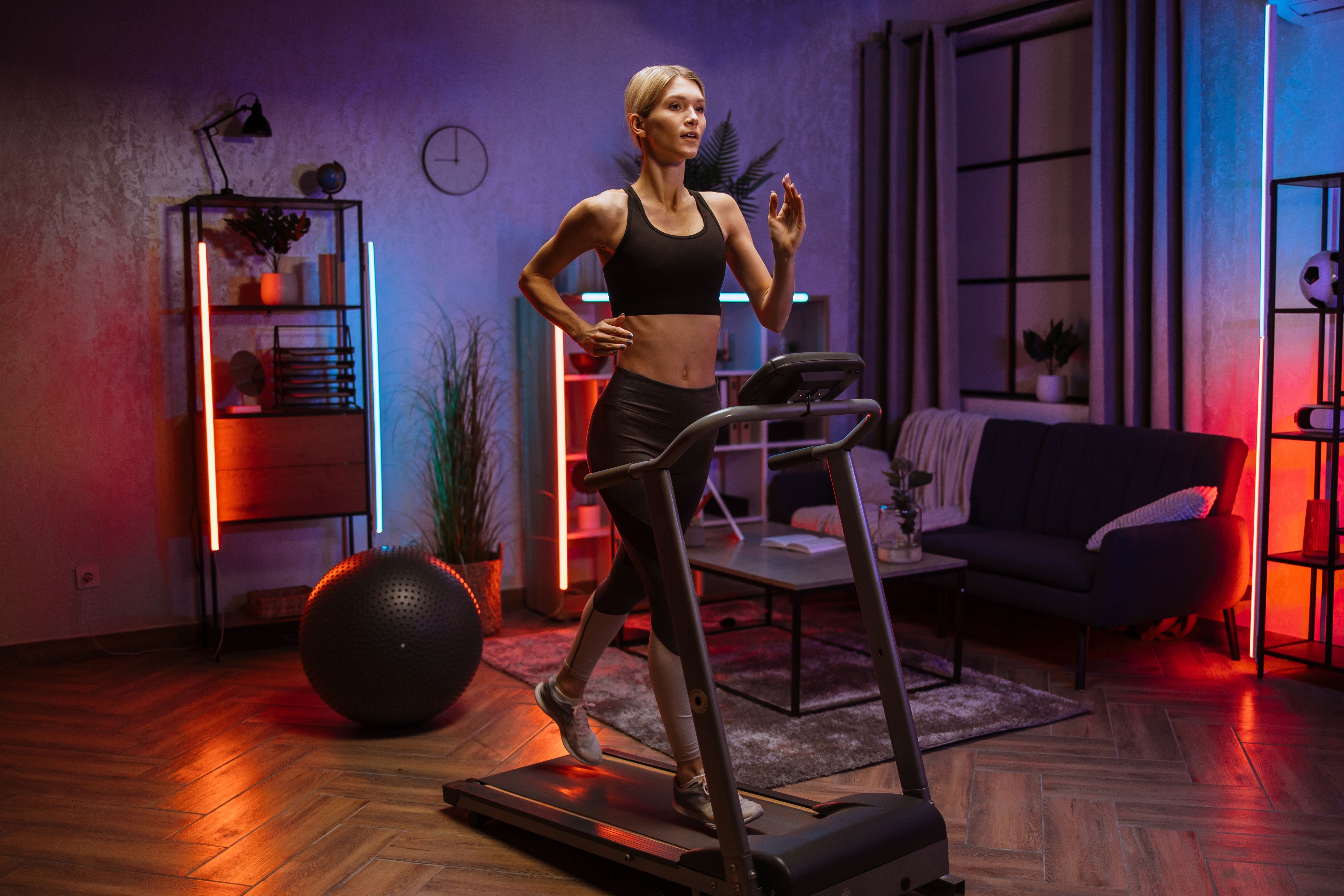The Walking Machine: A Comprehensive Guide to Your Fitness Companion
In today's hectic world, where time is a luxury, preserving a consistent workout regimen can be an obstacle. For lots of, a walking machine-- commonly understood as a treadmill-- works as a perfect physical fitness buddy. This post provides an in-depth look at walking machines, including their benefits, types, maintenance ideas, and often asked concerns.
Why Choose a Walking Machine?
Walking machines provide a practical and effective method to include cardiovascular workout into life. Here are numerous essential advantages:
- Convenience: Walking machines allow individuals to exercise anytime, regardless of weather conditions or time restraints. They are ideal for busy schedules.
- Adaptability: Users can stroll, jog, or run at their own rate and strength.
- Safety: Walking machines provide a lower danger of injury compared to outdoor walking or running, specifically for beginners or those recuperating from injuries.
- Tracking Progress: Many treadmills included integrated displays that track metrics like speed, range, and calories burned.
Kinds Of Walking Machines
When considering a walking machine, it's vital to pick the ideal type based upon specific physical fitness goals and area restrictions. Below are the main kinds of walking machines:
| Type | Description |
|---|---|
| Manual Treadmills | These machines do not have a motor, and users need to stroll or go to rotate the belt. |
| Electric Treadmills | Powered by an electric motor, permitting users to set the speed and slope easily. |
| Folding Treadmills | Created for easy storage, these treadmills can be folded up when not in use. |
| Desk Treadmills | Perfect for a dual work and workout environment, these compact machines allow walking while working. |
| Incline Trainers | These permit users to replicate uphill walking, enhancing workout strength and calorie burn. |
Selecting the Right Walking Machine
Choosing the ideal walking machine can substantially affect inspiration and effectiveness. Here are some factors to consider:
Key Features to Look For
- Motor Power: A powerful motor makes sure a smooth and constant workout. For periodic walkers, a 1.5 HP motor is normally enough; for heavier use, look for 3.0 HP and above.
- Belt Size: A broader and longer belt supplies more area for a comfortable stride. Standard sizes range from 16 inches large and 50 inches long.
- Incline Options: Adjustable slope settings can simulate walking or running uphill, increasing the intensity of the workout.
- Shock Absorption: Good shock absorption decreases the threat of joint injuries and enhances convenience.
- Console Features: Look for integrated workouts, heart rate monitors, and connection functions like Bluetooth for a more engaging experience.
Budget Considerations
Walking machines been available in a vast array of costs, depending upon functions and building quality. Here's a rough spending plan breakdown:
| Price Range | Functions |
|---|---|
| Under ₤ 300 | Standard manual or small electric treadmills with limited features. |
| ₤ 300 - ₤ 700 | More advanced electric treadmills with incline, medium power motors, and much better service warranties. |
| ₤ 700 - ₤ 1500 | Premium electric treadmills with bigger integrated display screens, substantial features, and service warranties. |
| ₤ 1500 and above | High-end designs offering advanced innovation, functions, and durable building and construction for severe fitness enthusiasts. |
Maintenance Tips for Your Walking Machine
To make sure longevity and optimal efficiency of a walking machine, consider the following upkeep suggestions:
- Regular Cleaning: Dust and sweat can collect on the machine and the belt. Clean down the surface areas and tidy the belt frequently.
- Lubrication: Depending on the design, lubing the running belt occasionally can prevent wear and tear. Inspect the producer guidelines for suggested lubrication schedules.
- Examination: Periodically inspect the machine for loose screws or worn parts. click here to read up and replace as required.
- Calibration: Occasionally, inspect the calibration of your machine's metrics to ensure they offer precise information.
- Correct Use: Follow the maker's suggestions for weight limitations and operational standards.
FAQs About Walking Machines
1. Are walking machines a great exercise?
Yes, walking machines supply an excellent cardiovascular exercise, can aid with weight reduction, and enhance total health.
2. How frequently should I use a walking machine?
Goal for at least 150 minutes of moderate-intensity aerobic activity each week, which can quickly be attained with routine sessions on a walking machine.
3. Can I reduce weight on a walking machine?
Yes, integrating a walking machine regimen into a healthy diet can promote weight reduction, particularly if combined with periods and incline training.
4. Is it safe for seniors to use a walking machine?
Yes, walking machines can be safe for seniors with low-impact settings and security functions like handrails. However, individuals need to seek advice from their healthcare service provider before beginning any workout program.
5. What's the difference in between a treadmill and a walking machine?
The term "walking machine" normally refers to a treadmill intended for walking, while "treadmill" can describe machines utilized for numerous strengths, consisting of running.
With their flexibility and benefit, walking machines can substantially improve one's physical fitness journey. By carefully choosing the right type, making sure proper maintenance, and incorporating different exercise techniques, users can maximize their walking machine's benefits. As with any workout routine, consistency is essential to attaining enduring physical fitness results.

